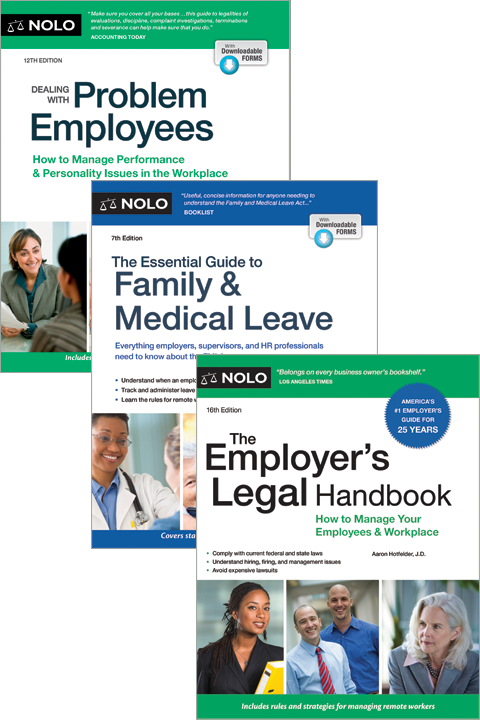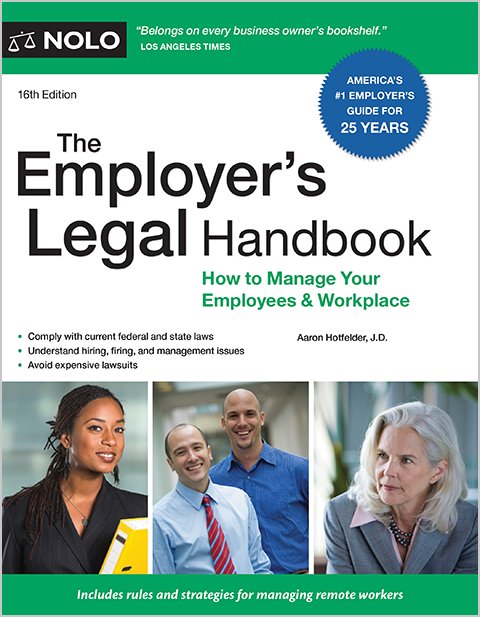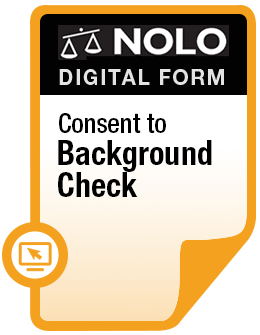To determine whether you're eligible for unemployment benefits, the state will look to your recent work history and earnings during a period of time called the "base period."
Workers are eligible for unemployment compensation only if they are temporarily out of work through no fault of their own. The "fault" part of the eligibility requirement has to do with the reasons why the employee no longer has a job.
For example, if an employee voluntarily quits, or is fired for serious misconduct, that employee probably can't collect unemployment. (See Nolo's articles Unemployment Benefits: What If You Quit? and Unemployment Benefits: What If You're Fired? for more on these requirements.)
To determine whether an employee is temporarily out of work (that is, that they have worked somewhat recently but no longer have a job), state agencies look to the employee's recent work history and earnings during a stretch of time called the "base period."
Only employees who have been working relatively recently can collect unemployment. People who have been out of work for a long time—such as stay-at-home parents who haven't worked in years—aren't eligible for unemployment benefits until they have rejoined the workforce for a period of time.
The Base Period
In almost every state, the base period is a one-year period: the earliest four of the last five complete quarters of the calendar year. For example, if you apply for unemployment in March 2022, the base period would be October 1, 2020 though September 30, 2021 (in that example, since the last complete calendar quarter was October 1, 2021 through December 31, 2021, the base period is the four quarters preceding that one).
As you can see, the way the base period is measured doesn't count your most recent employment. Depending on when you file, almost six months of work might not be included in the base period. Recognizing this, many states have created an exception for workers who don't have enough hours of work or earnings in the base period to qualify. In these states, employees don't have to skip the last complete calendar quarter. Instead, they can use an alternative base period that includes the last four calendar quarters. This measurement will include more of their most recent work history.
Some states have an exception for those who have been out of work for a longer period—typically because of a job-related illness, injury, or disability. These former employees may be entitled to an extended base period, which looks at the worker's hours and earnings before the worker was injured, even if that work history falls outside of the usual base period.
Example: How the Extended Base Period Works
John suffered a serious injury while employed at a manufacturing plant in Texas. He received worker's compensation and was out on leave for ten months. John returned to work on a part-time basis, starting at ten hours per week. He was gradually increasing his hours as his injury improved, but was laid off after being back at work for only three months.
If John files for unemployment right away, he may not have enough hours or earnings in the base period to qualify. However, Texas law has an extended base period for employees who have suffered an illness or injury in the 24-month period before filing a claim for unemployment. For these workers, the base period is the earlier four of the five complete calendar quarters before the illness or injury took place. Because John was working full time then, he will have no trouble qualifying for benefits.
Unemployment Work Requirement
Some states require employees to have worked a certain amount of time during the base period to be eligible for benefits. In almost every state that imposes this requirement, the employee must have done some work in at least two of the four calendar quarters that make up the base period.
Unemployment Earnings Requirement
Most states impose an earnings requirement for the base period—either instead of or in addition to the work requirement—before an employee will be eligible for unemployment compensation. States measure the minimum earnings requirement in a variety of ways. Here are the two most common:
- Flat dollar amount. Some states require workers to earn a minimum amount of wages ($2,500, for example) during the base period.
- High quarter wages. Some states require workers to earn a set minimum during their highest paid quarter of the base period. This requirement may stand alone (for example, the employee must have earned at least $1,300 during the highest paid quarter of the base period to qualify) or may be combined with an additional requirement for the entire base period. In some states, for example, employees must not only earn a minimum amount during the highest paid quarter, but must also earn a multiple of that amount during the entire base period. This is another way of ensuring that the employee worked at least two quarters during the base period. For example, in Washington, DC, employees must earn at least $1,300 during the highest paid quarter of the base period, and your total base period earnings must be at least 1.5 times the wages in your highest quarter (or within $70).
To learn whether you meet the work and earnings requirements for unemployment benefits in your state, contact your state department of labor.
Talk to a Lawyer
Need a lawyer? Start here.
How it Works
- Briefly tell us about your case
- Provide your contact information
- Choose attorneys to contact you
- Briefly tell us about your case
- Provide your contact information
- Choose attorneys to contact you



